Tropical fish are fascinating creatures that add vibrant life to any aquarium. Some species are more common, while others are rare gems, prized by enthusiasts. This article explores tropical fish species ranked by their rarity, highlighting their unique features and origins.
13. Electric Blue Ram (Mikrogeophagus ramirezi)
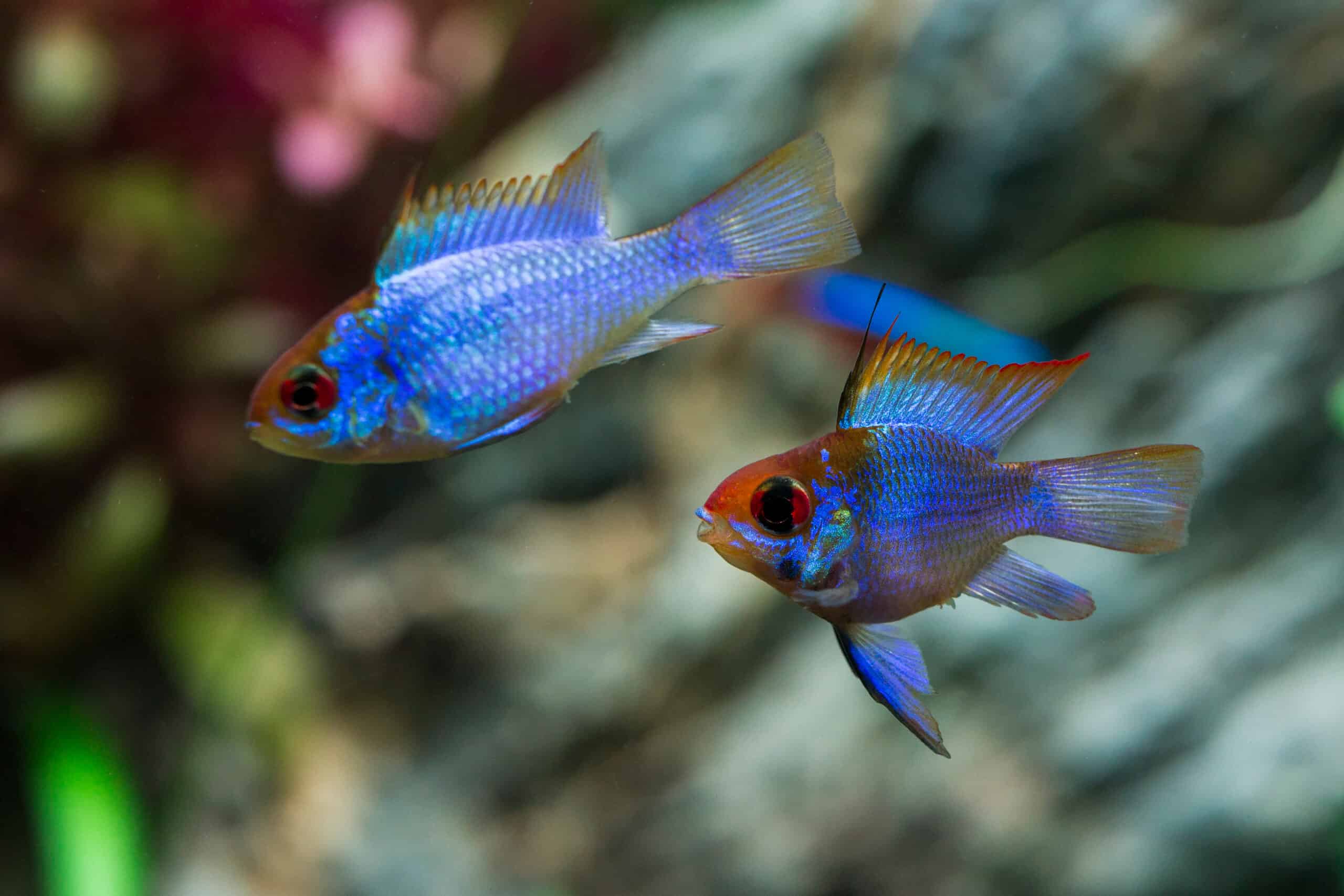
The Electric Blue Ram is known for its stunning blue coloration. The fish typically grows to about 2-3 inches. It features iridescent blue scales that shimmer under the light, making it a popular choice for aquariums. This species, moderately rare, originates from the Orinoco River basin in Venezuela and Colombia. The Electric Blue Ram thrives in warm, soft water. It is peaceful and pairs well with other non-aggressive fish. Maintaining optimal water conditions is essential for their health.
12. Altum Angelfish (Pterophyllum altum)
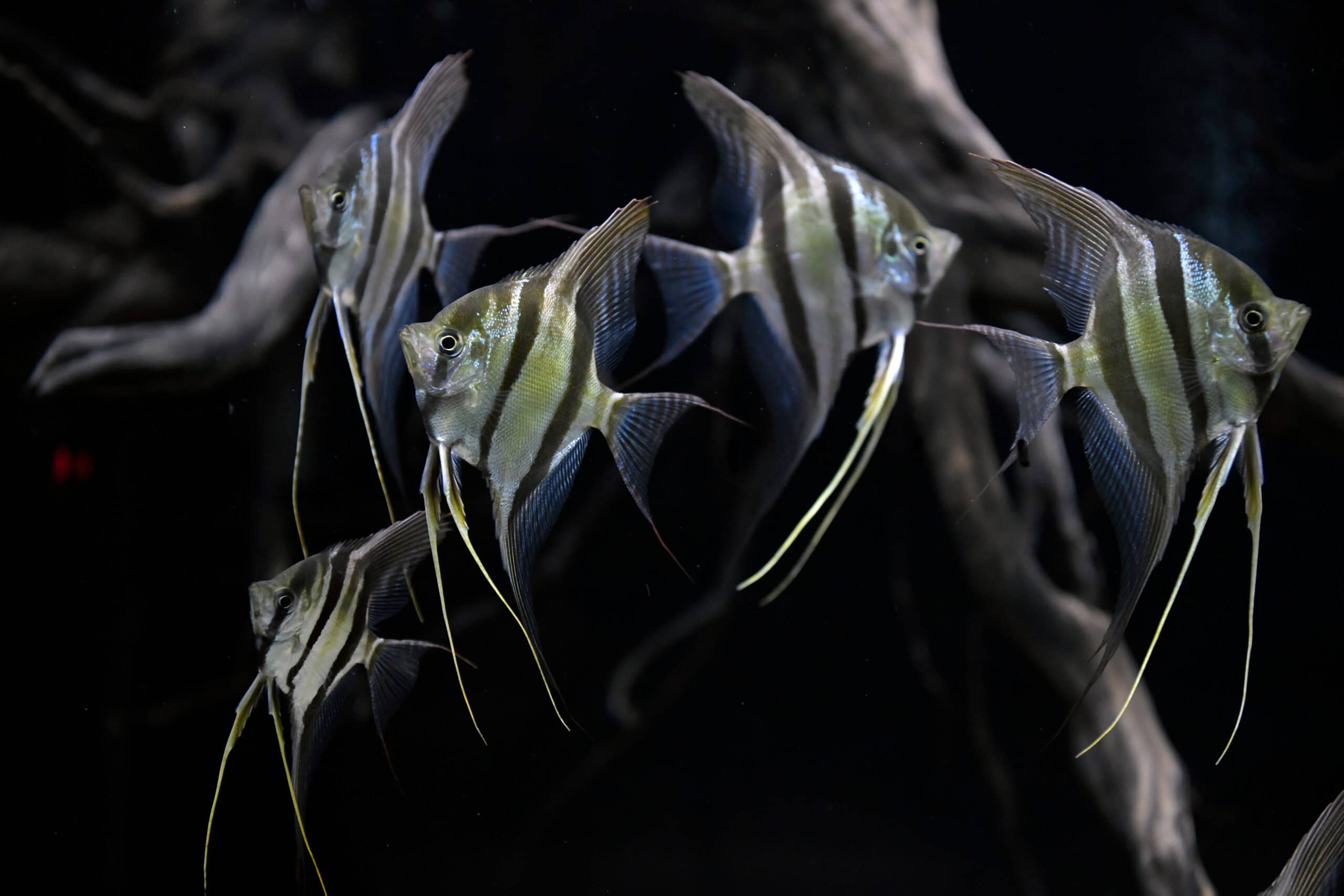
Altum Angelfish are admired for their elegant, tall bodies and long fins. They can grow up to 15 inches in height. Their bodies are silver with three distinctive brownish vertical bars. This species, considered moderately rare, comes from the Rio Orinoco and Rio Negro river basins. They thrive in warm, acidic waters with a soft substrate. Altum Angelfish are more challenging to keep due to their specific water requirements. They need ample space and pristine water conditions.
11. Silver Arowana (Osteoglossum bicirrhosum)
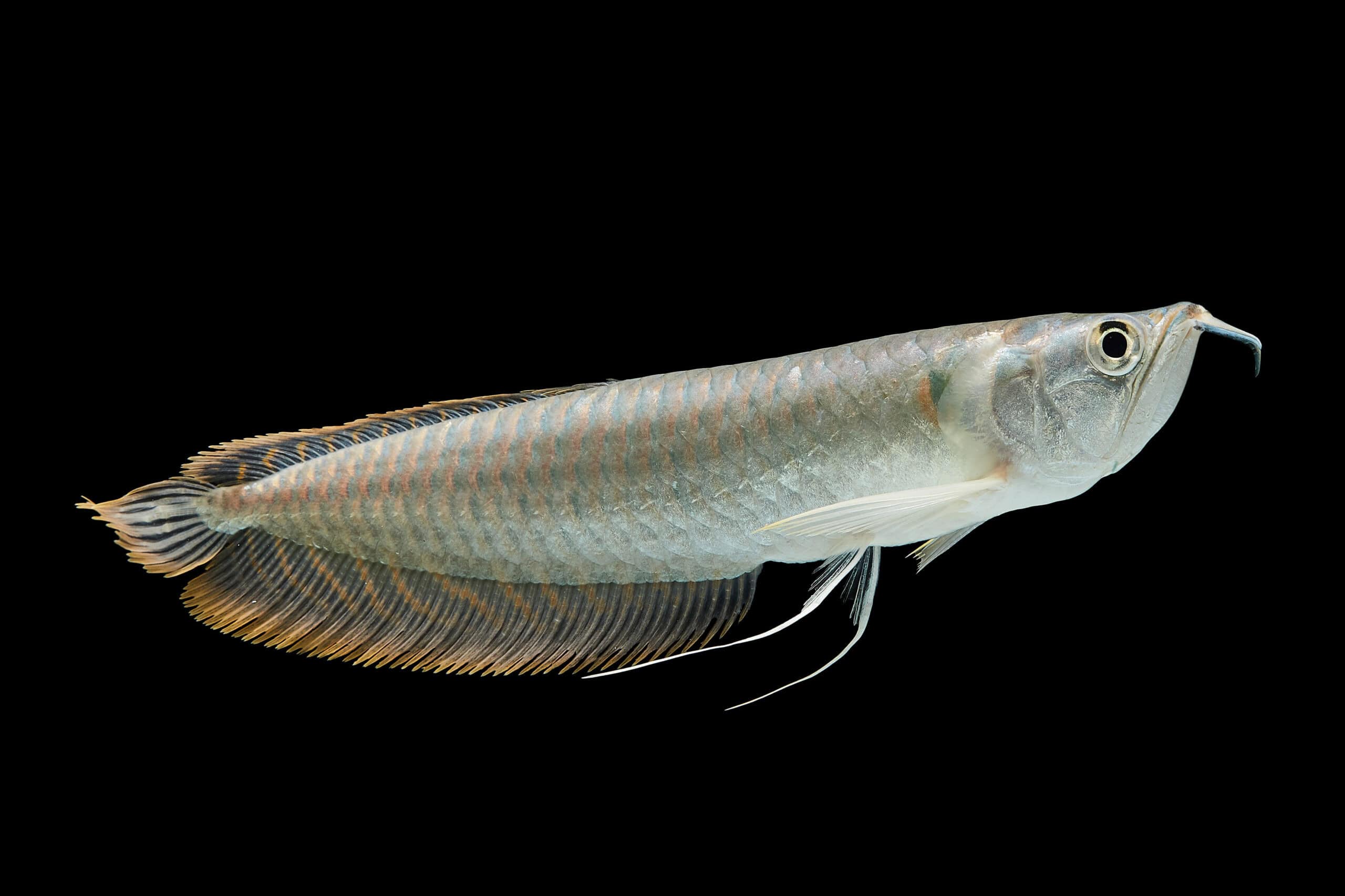
Silver Arowana have large, metallic scales that shimmer in the light. They can grow up to 36 inches long. Their elongated bodies and sleek form make them powerful swimmers. Native to the Amazon Basin, they prefer slow-moving rivers and swamps. Silver Arowana are rare due to their size and specific habitat requirements. They are also known for their ability to jump, requiring covered tanks. These fish symbolize luck and prosperity in many cultures.
10. Dwarf Gourami (Trichogaster lalius)
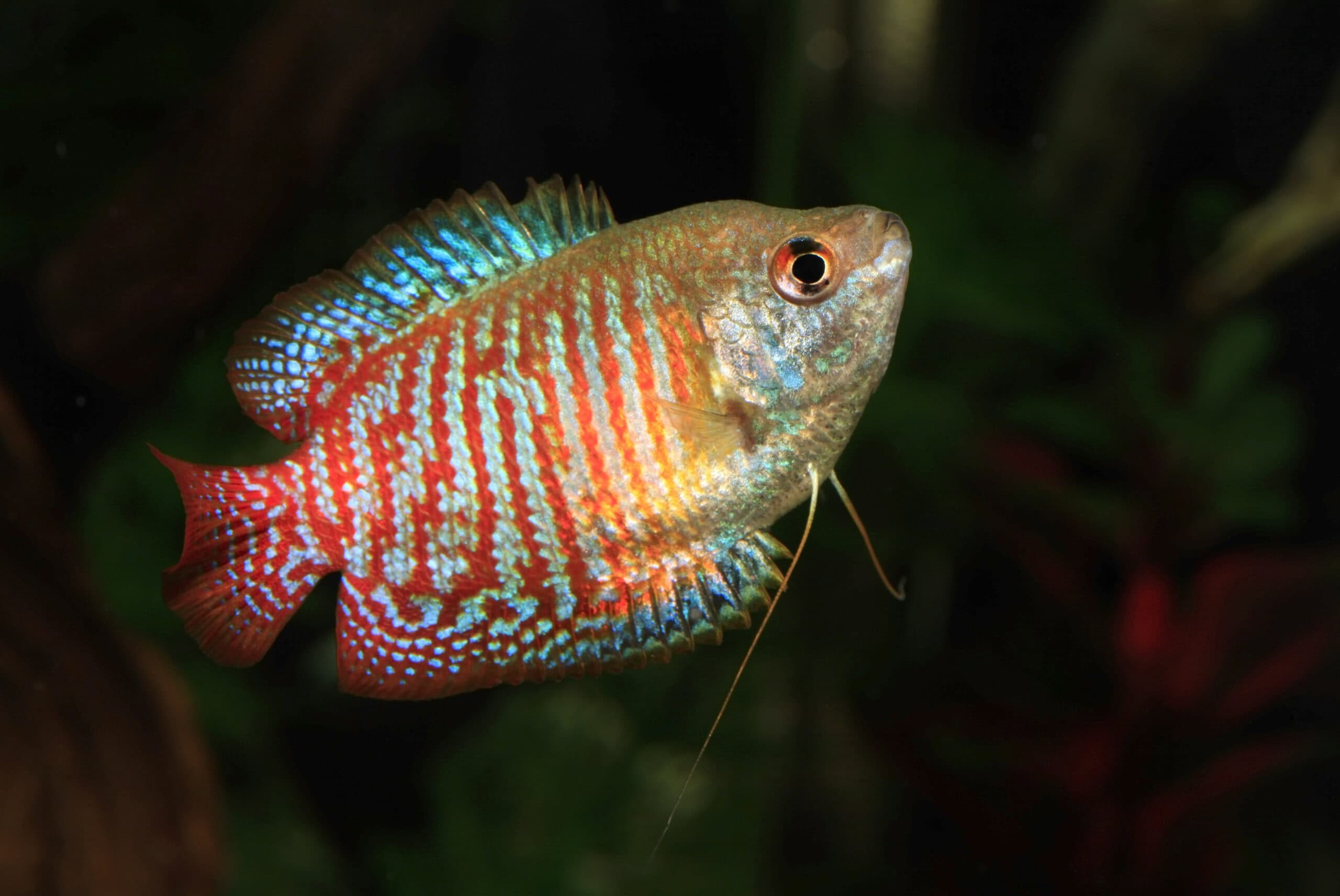
Dwarf Gourami are small, vibrant fish with a maximum size of about 2 inches. They exhibit bright colors, including blue, red, and turquoise. Their compact size and vivid hues make them a popular choice. Originating from India and Bangladesh, they thrive in slow-moving waters. They are considered rare due to their breeding challenges and susceptibility to disease. Their peaceful nature makes them great for community tanks. They prefer densely planted aquariums with gentle filtration.
9. Boesemani Rainbowfish (Melanotaenia boesemani)
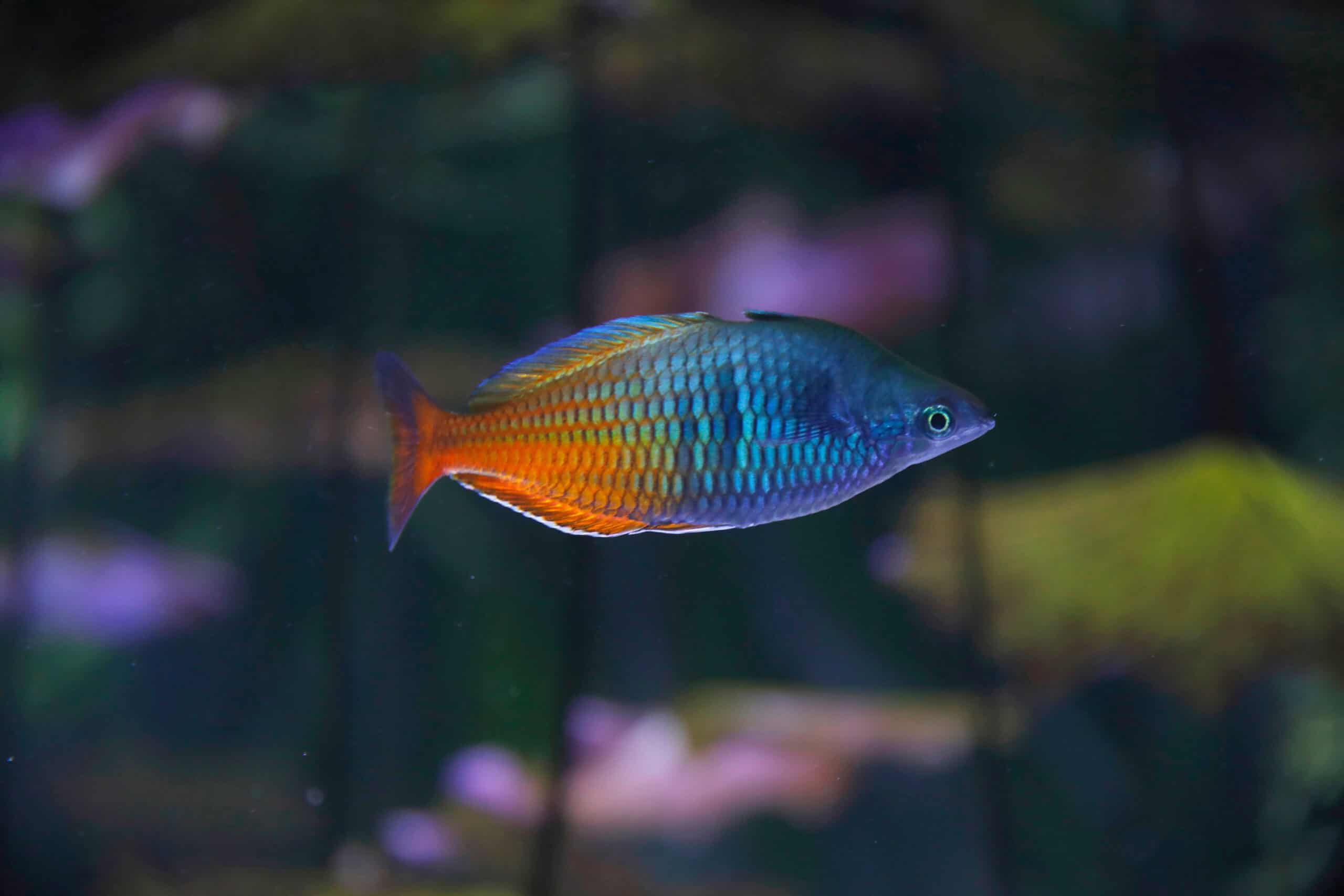
Boesemani Rainbowfish display striking colors, with males showcasing bright blue and orange hues. They can grow up to 4 inches in length. Their vibrant, split-color pattern is unique and eye-catching. Native to the lakes and rivers of Indonesia, these fish are rare because of their limited natural habitat. Boesemani Rainbowfish prefer clean, well-oxygenated water. They are active swimmers and do well in groups. Their rarity makes them a prized addition to any aquarium.
8. Flowerhorn Cichlid (Amphilophus labiatus)
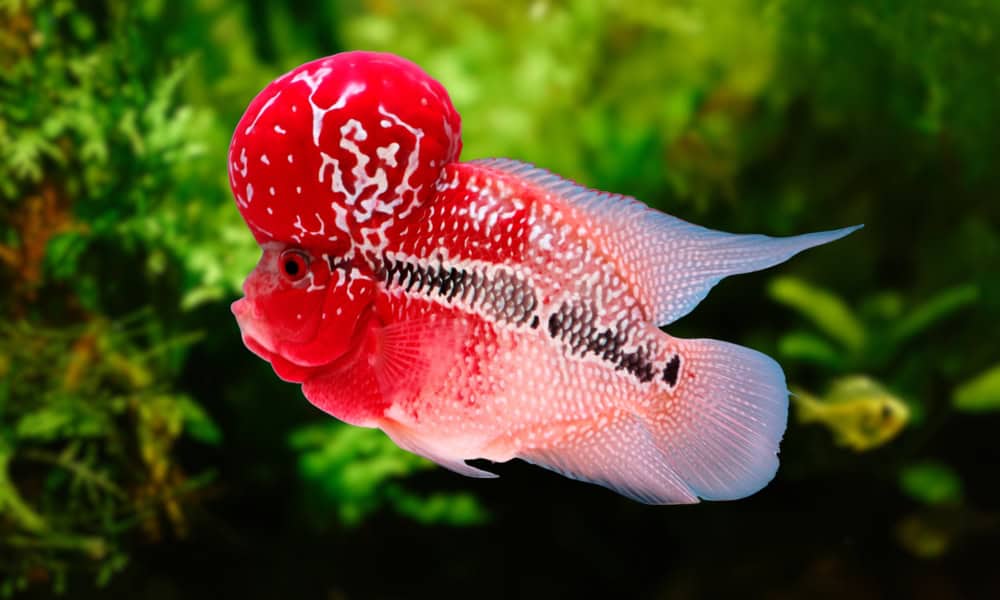
Flowerhorn Cichlids are known for their prominent nuchal hump and bright, varied colors. They can grow up to 16 inches. Their unique appearance and hybrid origins set them apart. Developed through selective breeding, they don’t have a natural habitat. Flowerhorn Cichlids are rare due to their artificial creation and specific care needs. They are territorial and need spacious tanks. Their aggressive nature requires careful tank mate selection.
7. Black Ghost Knifefish (Apteronotus albifrons)
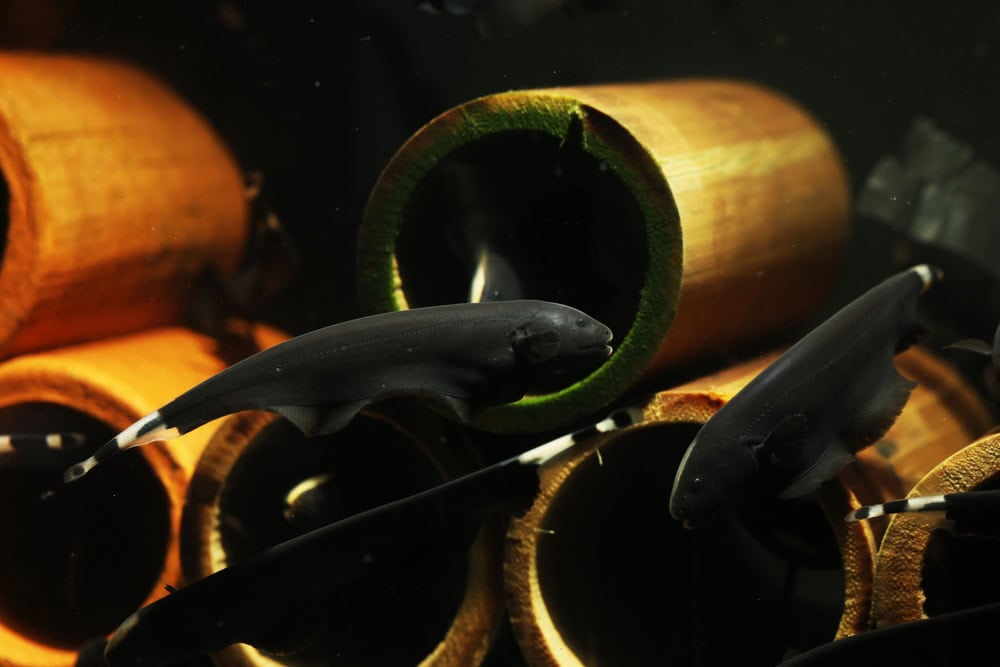
Black Ghost Knifefish are unique with their elongated, ribbon-like bodies. They can grow up to 20 inches. Their predominantly black color with a white stripe adds to their mystique. Originating from the Amazon Basin, they prefer dark, slow-moving waters. They are rare due to their nocturnal habits and specific care requirements. These fish need plenty of hiding spots and a peaceful environment. Their sensitivity to water conditions requires careful monitoring.
6. Zebra Pleco (Hypancistrus zebra)
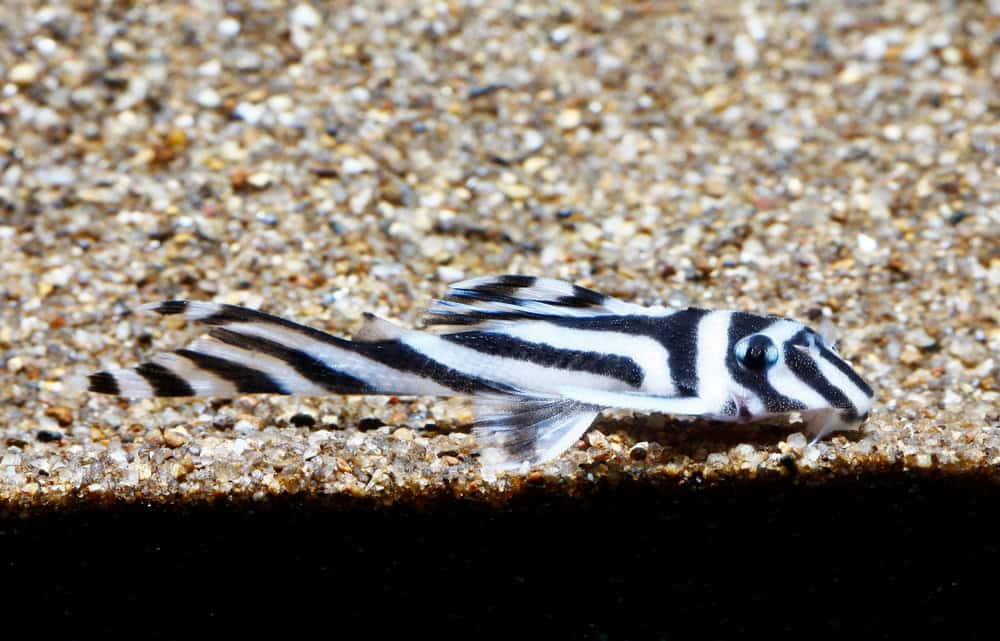
Zebra Pleco is a small, attractive catfish species, growing up to 3 inches. The fish features striking black and white stripes, resembling a zebra. Native to the Xingu River in Brazil, it prefers warm, fast-flowing water. This species is nocturnal and enjoys hiding in caves. Zebra Plecos are peaceful but can be territorial with their kind. They require a diet rich in protein and a well-oxygenated tank. Their striking appearance and specific habitat needs make them rare.
5. Royal Pleco (Panaque nigrolineatus)
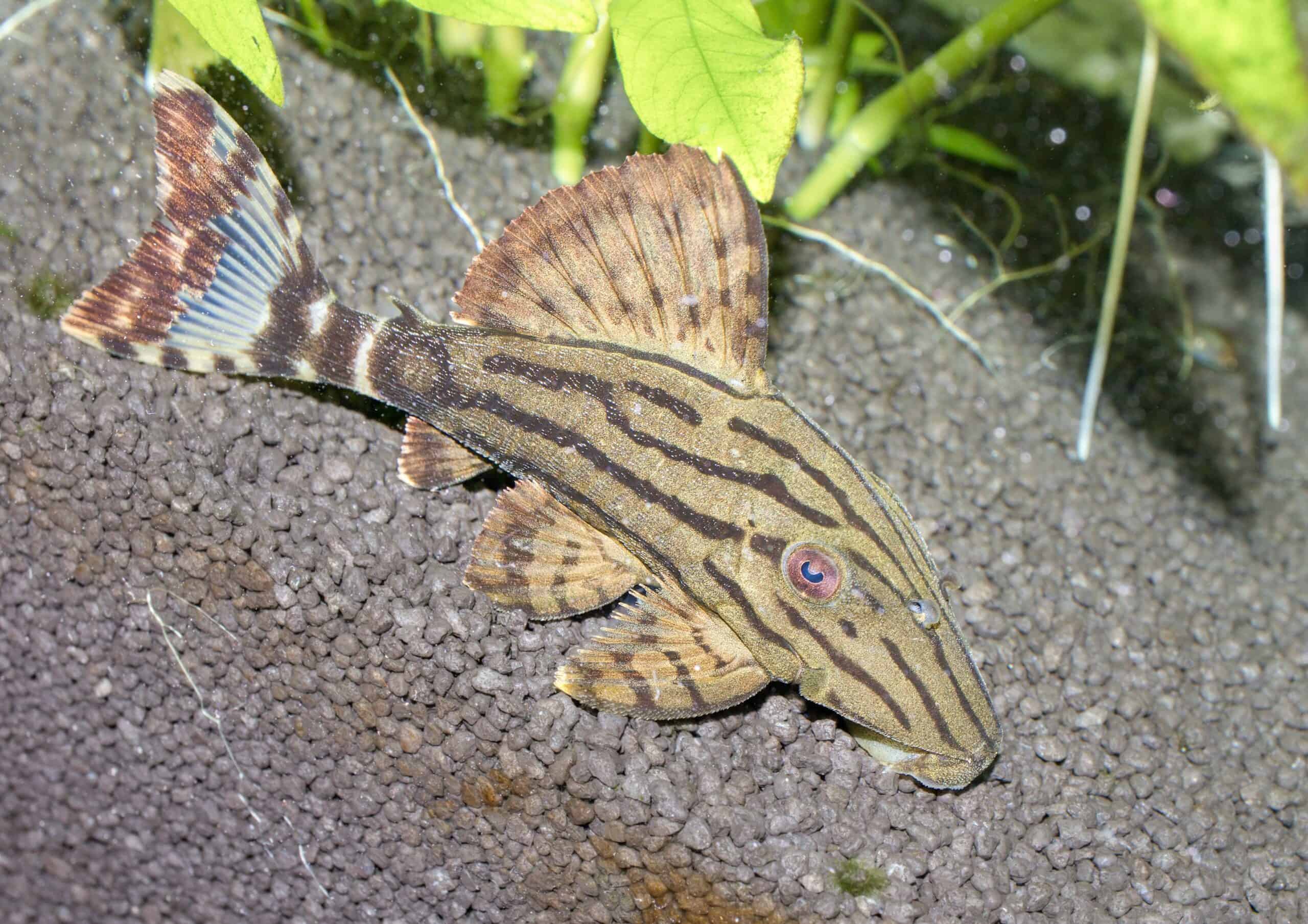
Royal Plecos are distinguished by their unique coloration and size. They can grow up to 17 inches. Their bodies are dark with white or yellowish lines. These fish are native to the Amazon River basin. They prefer warm, soft, and slightly acidic water. Known for their wood-eating habits, Royal Plecos need driftwood in their diet. They are generally peaceful but need ample space due to their size. Their specific dietary needs and size make them rare.
4. Asian Arowana (Scleropages formosus)
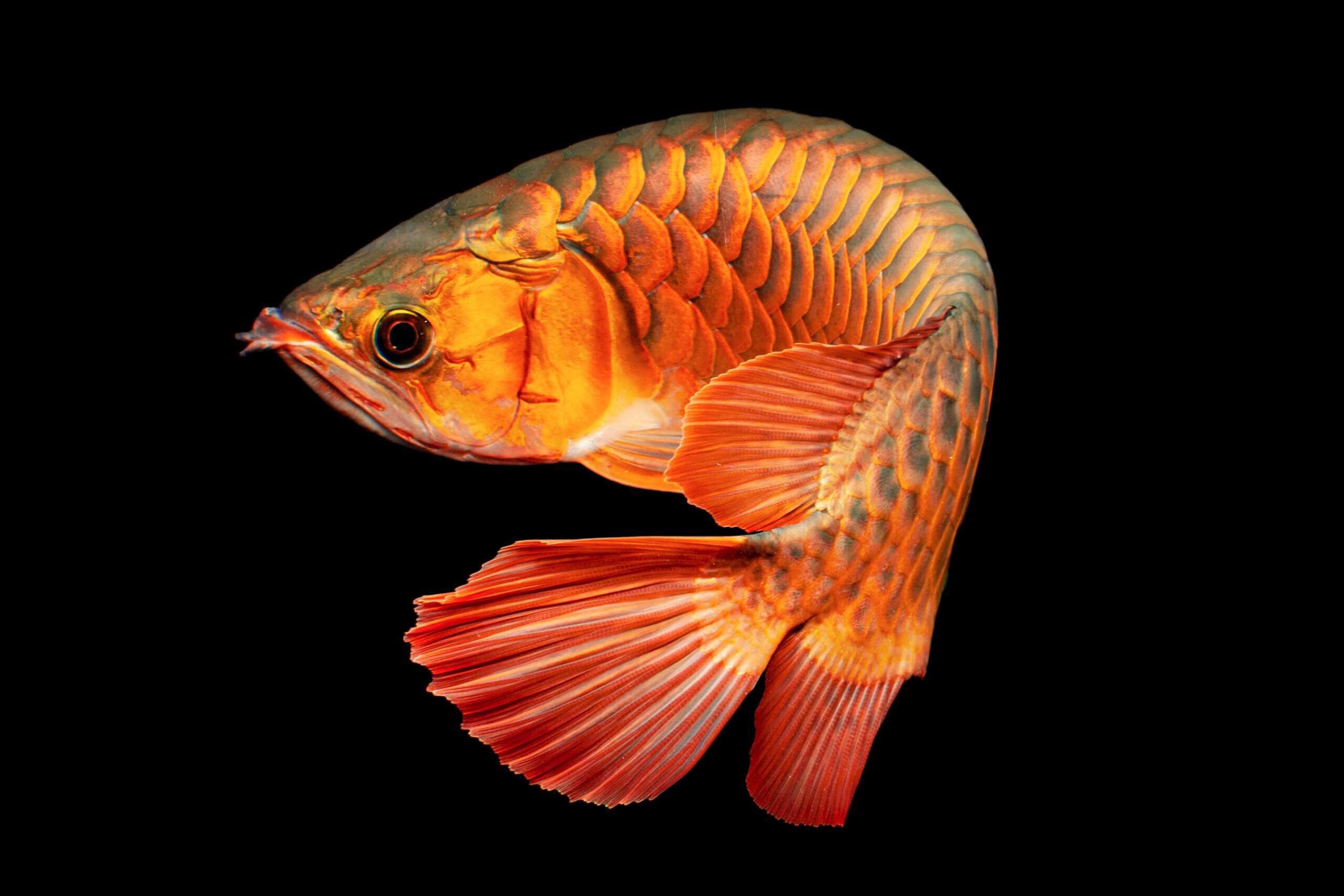
Arowana are large, majestic fish with elongated bodies. They can reach up to 36 inches. Their scales are large and metallic, varying in color from silver to red and gold. Native to Southeast Asia, they inhabit slow-moving rivers and swamps. Arowanas are very rare due to their specific habitat requirements and endangered status in the wild. They are powerful swimmers and jumpers, requiring a large, covered tank. These fish are considered a symbol of luck and prosperity in many cultures.
3. Redtail Catfish (Phractocephalus hemioliopterus)
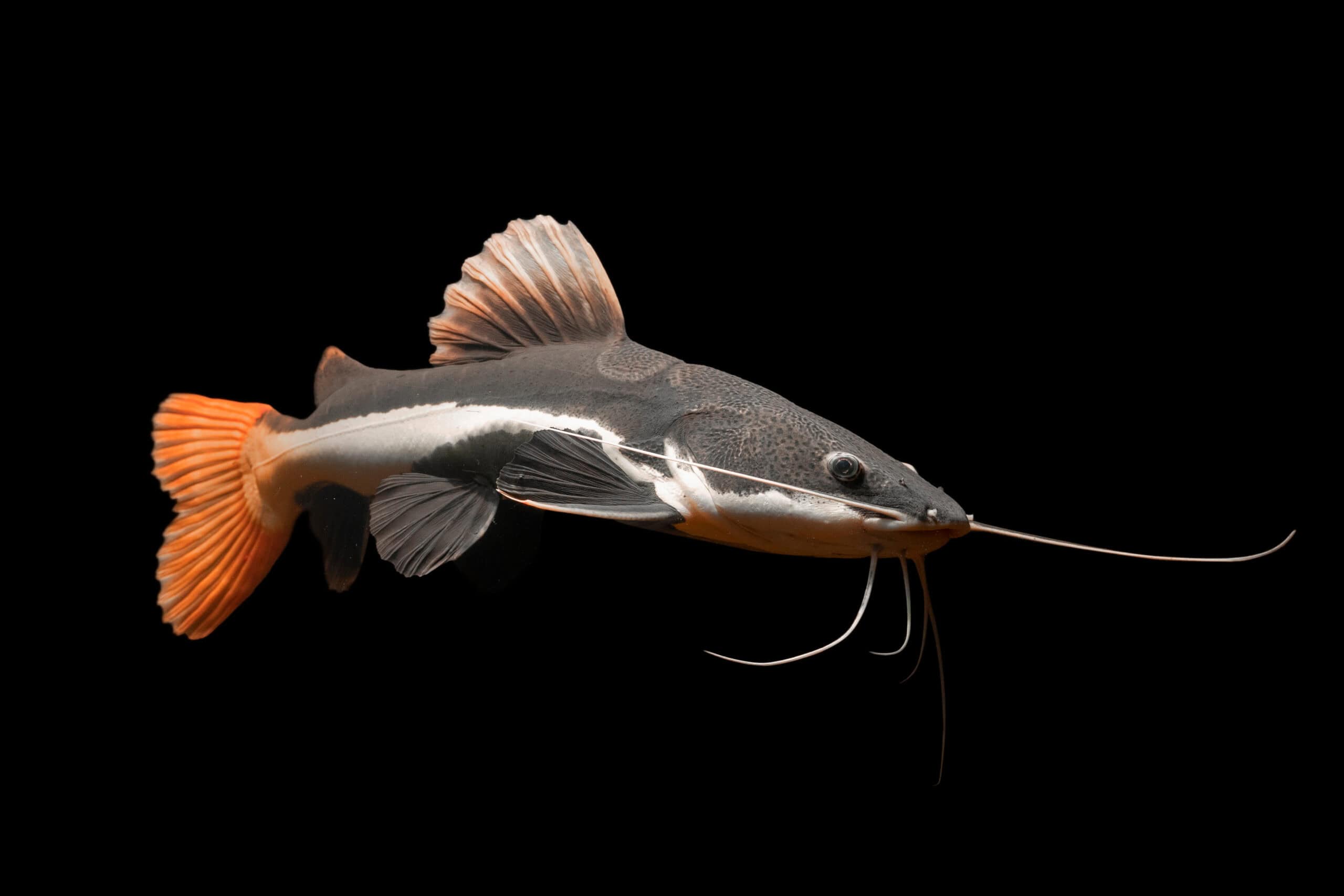
Redtail Catfish are impressive with their vibrant red tails. They can grow up to 60 inches. The body is dark with a white underside. This species is found in the Amazon, Orinoco, and Essequibo river basins. Redtail Catfish are very rare due to their massive size and specific environmental needs. They thrive in warm, soft water with plenty of hiding spots. These fish are aggressive and require a very large tank or pond. Their voracious appetites mean they can eat fish half their size.
2. Gray Bichir (Polypterus senegalus)
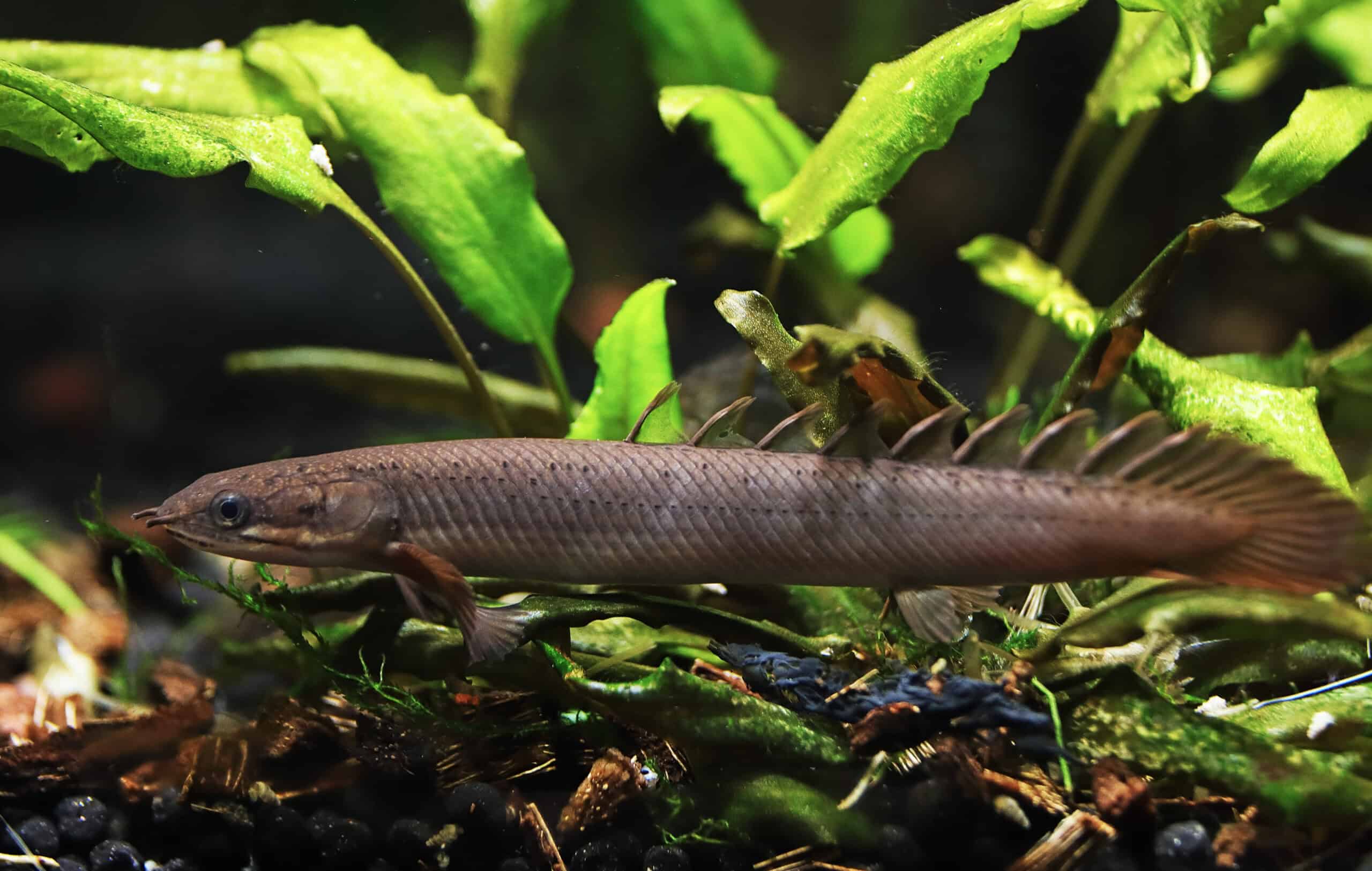
The Bichir is an ancient, eel-like fish with a prehistoric appearance. It can grow up to 28 inches. Its body is long and olive-green with a series of dorsal finlets. This species hails from the Nile and other rivers in West and Central Africa. Bichirs are very rare because of their unique appearance and specific care needs. They prefer warm, slightly brackish water. Known for their hardiness, Bichirs can survive in low-oxygen environments. They are carnivorous and require a diet of meaty foods.
1. Freshwater Polka Dot Stingray (Potamotrygon leopoldi)
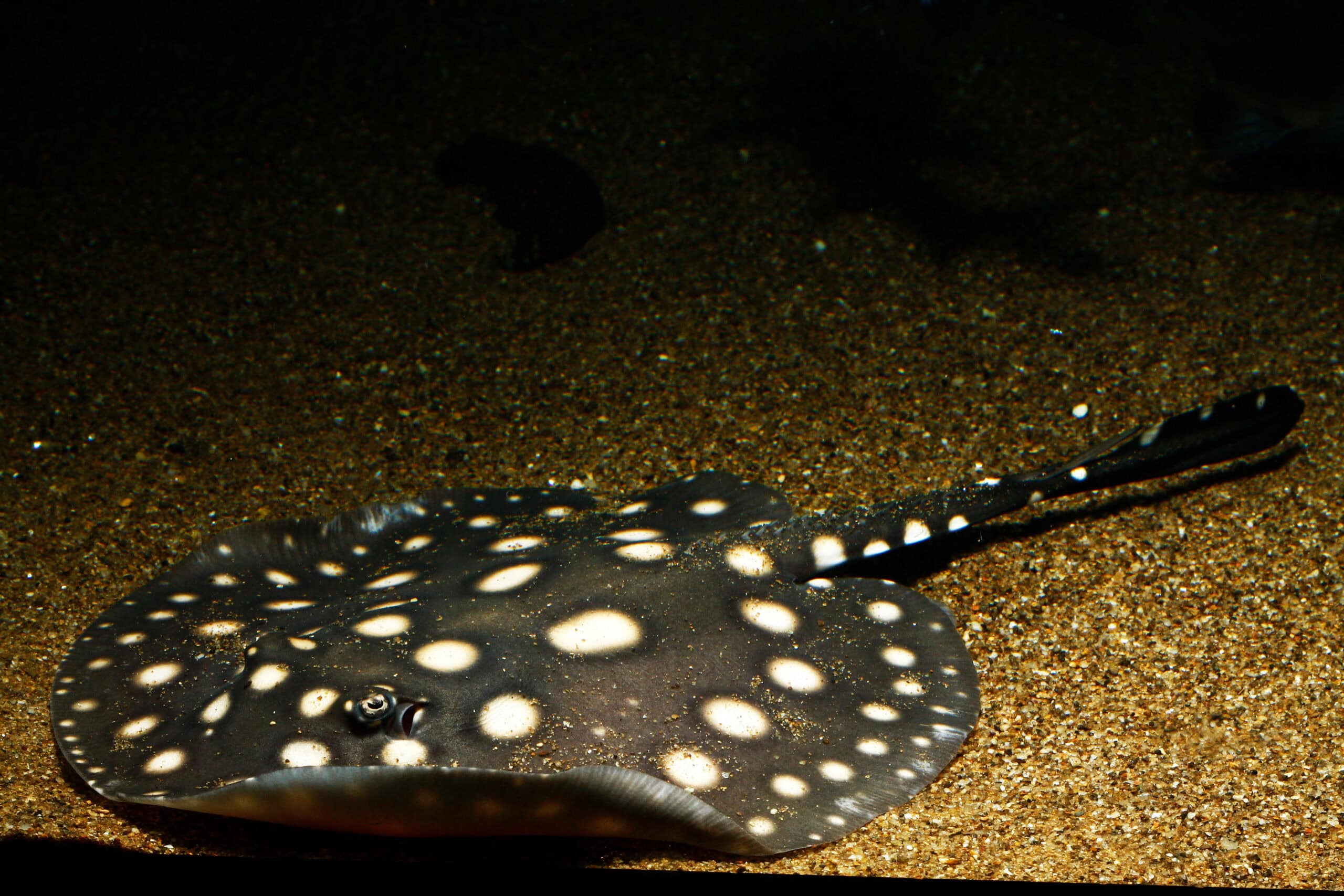
The Freshwater Polka Dot Stingray is known for its distinctive black body adorned with white polka dots. It can grow up to 18 inches in diameter. This species is native to the Xingu River basin in Brazil. Polka Dot Stingrays are extremely rare due to their specific habitat requirements and over-collection from the wild. They prefer warm, soft, and sandy environments. These rays are bottom dwellers and require a large tank with a soft substrate. Their venomous stingers require careful handling, adding to their rarity.
This article originally appeared on Rarest.org.
More from Rarest.org
1953 Franklin Half Dollar Value Guide

The 1953 Franklin Half Dollar is a well-known coin in the U.S.A. with a face value of $0.50 and is made of 90% silver and 10% copper. All the coins minted from 1948 to 1963 have the same composition. Read More.
13 Rare Trees from Around the World
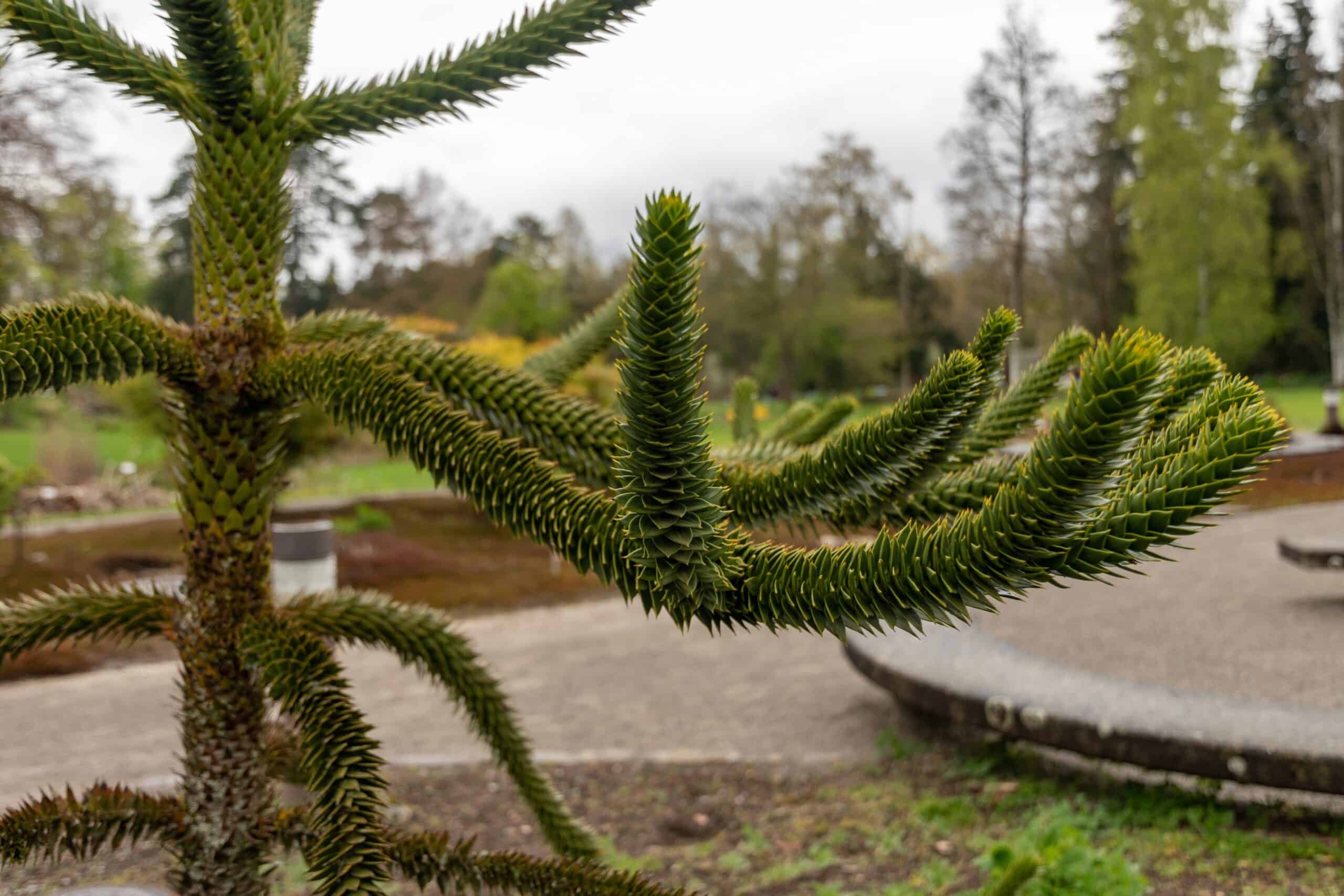
Trees are vital to our planet’s health and our well-being. Some trees are so rare that they exist only in small pockets around the world. This list explores these rare treasures, detailing their unique characteristics and habitats. Read More.
1950 Washington Quarter Value Guide

The 1950 Washington quarter is made of 90% silver and 10% copper. The coin has an actual silver weight (ASW) of 0.1808oz. Read More.
